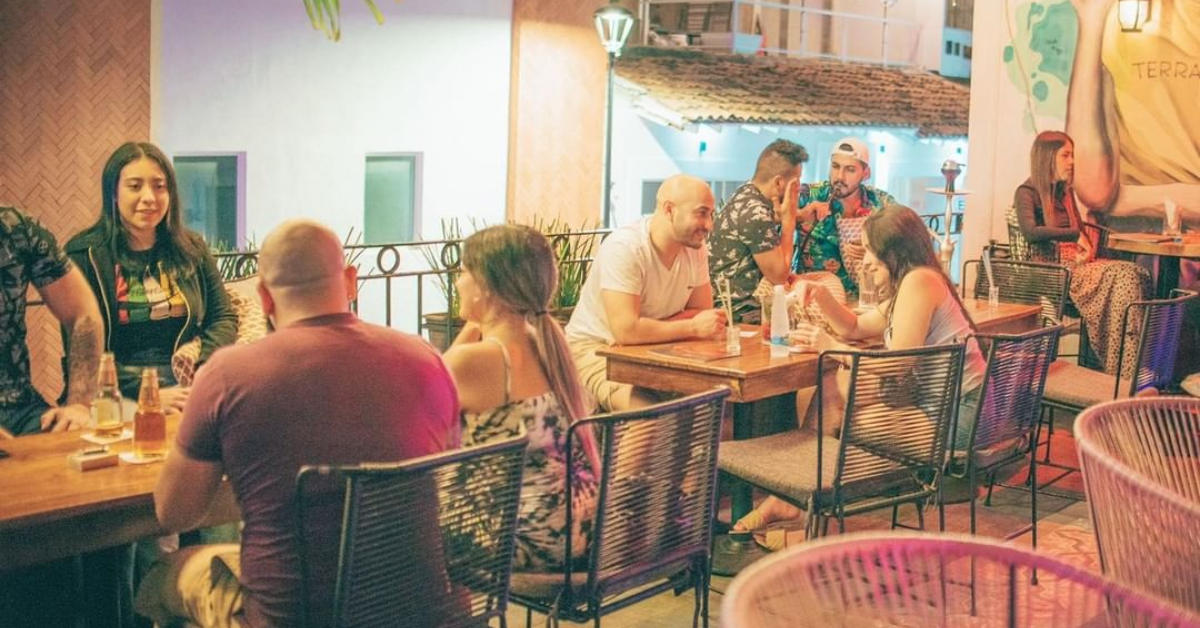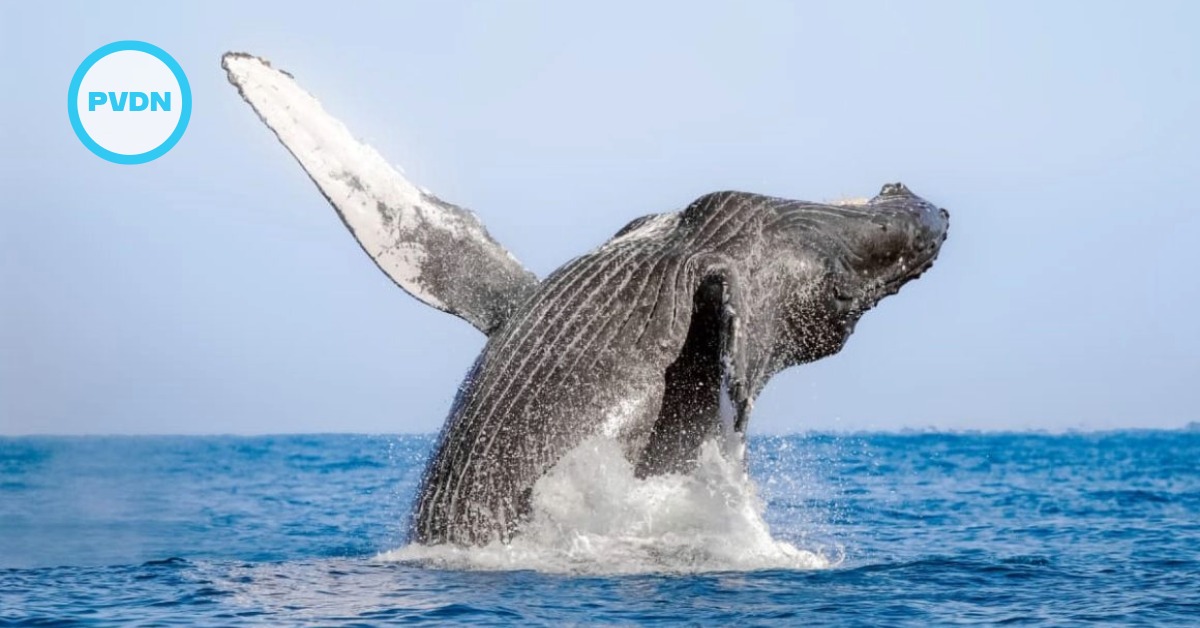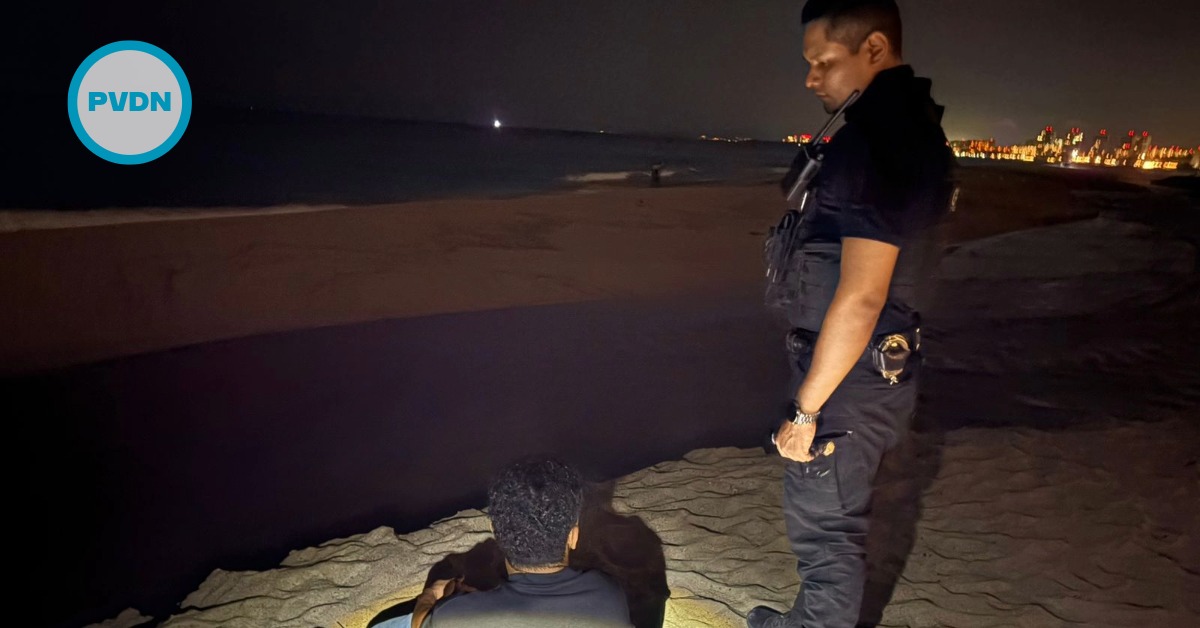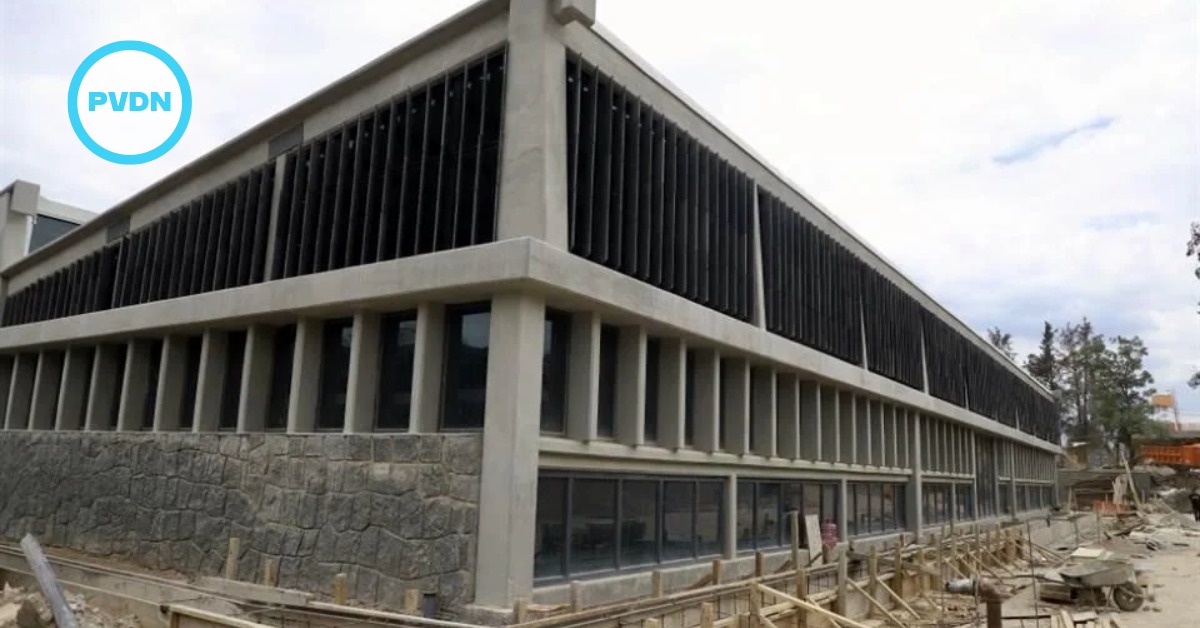Due to its location, which connects the south of the American Continent with the United States, Mexico is a transit country for foreigners, but it has also become a place of residence for hundreds of thousands who decided to make a life in Mexico.
According to figures from the National Institute of Migration (INM), corresponding to last year, more than 605,000 people of 199 different nationalities have some type of permit to reside temporarily or permanently in Mexico, either for reasons of work, study, humanitarian, or for having formed a family with a Mexican, among others . . .







